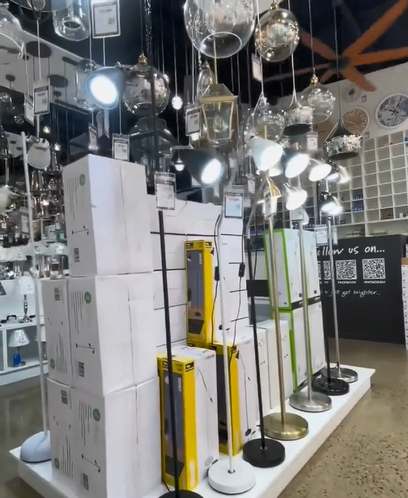
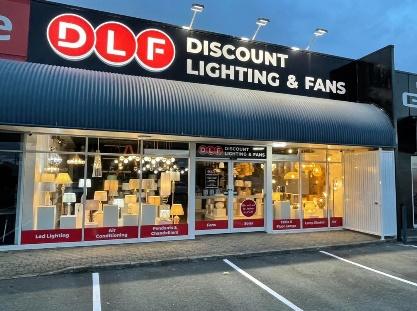
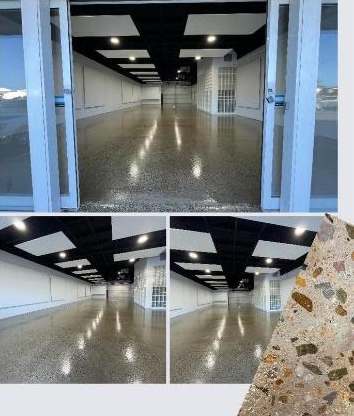
In today's retail environment, making your products visible requires making the most of lighting.
A well-lit product might pique a customer's interest, therefore proper illumination is essential. This entails creating an active floor plan while keeping lighting colour temperature, brightness, fixture location, and Colour Rendering Index (CRI) in mind. LED lighting is popular among architects and lighting designers. This is because it can meet most retail lighting technical requirements.
Use a Balanced Approach
In a retail setting, indiscriminate illumination is not helpful for product display.
Proper retail lighting contrasts a wide range of products and allows the buyer to concentrate on one thing at a time. Too much lighting overwhelms the senses of the buyer. Instead, choose the right combination of ambient and accent lighting.
Avoid employing too many clashing colour temperatures for similar reasons.
Make Use of Ambient Lighting
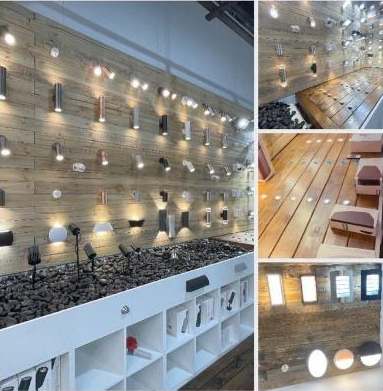
The proper ambient and accent lighting blend is critical to the store's design. Accent lighting can be fun when used properly.
Don't be tempted to emphasize nothing by accenting everything. You will lose the power of accent lighting and wash out everything instead. Ambient lighting, which is typically ceiling or wall-mounted, allows customers to observe, scrutinize, and evaluate your merchandise more thoroughly.
When there isn't enough lighting or too bright lighting, customers will have difficulty knowing if they like the products they are looking at. This is especially true with products with colour as a factor in their decision.
Consider — and Plan — Lighting the Space
When designing the lighting for a retail location, consider the various alternatives. Volumetric lighting casts a broad cone of light, giving general illumination. Most designers prefer track lighting or adjustable recessed lights for floor layouts and product displays because they are more versatile. Consider your space's specific lighting requirements. Where are the light fixtures? What does the area need? Are there too many different fixtures strewn throughout the place? If this is the case, it may result in visual confusion. You can avoid this by carefully laying out your lighting for your retail space. 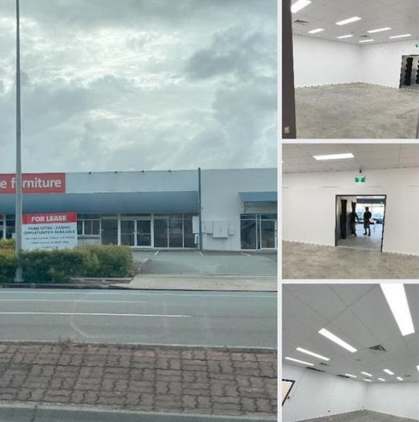
Watch out for Texture
When it comes to effective store lighting, texture counts. It's usually better to avoid black ceilings when constructing a space. Too many dark or shiny surfaces that reflect ceiling light might be visually unsettling or distracting. For the greatest lighting effects, use matte finishes.
Increase the Brightness and Colour
For brightness, consider the square footage of your retail area and lumens. Assign a specific quantity of lumens to each square foot. For example, a workstation or retail space will most likely require between 50 and 70 lumens per square foot.
A table or raised surface may need 30 lumens. A square foot of floor-level ambient lighting requires 20 lumens.
Choosing the correct colour temperature of LED bulbs, as defined by their K (kelvin) rating, is critical in a retail area. Colour temperature can influence how things are displayed by creating a cool or warm environment.
Consider placing 4000-4500K bulbs to create a pure and more natural lighting look, which is perfect for changing rooms and grocery stores.
Lighting with a colour temperature of 5000K should be used for jewellery retailers. This results in a bluish-white light. In general, the higher the Colour Rendering Index or CRI, the more realistic the product's colour appears under that light.

